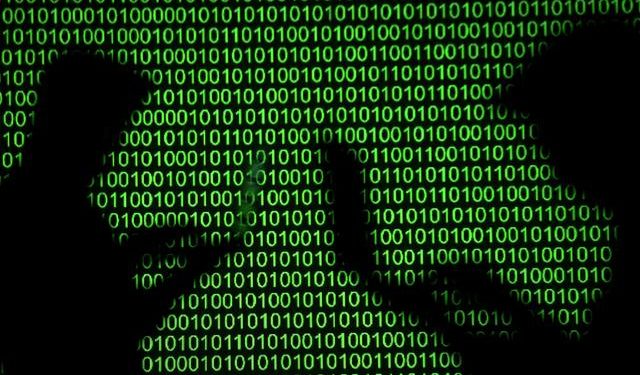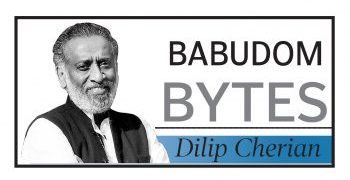Bighneswar Swain
Cybersecurity is the blend of people, policies, processes and technologies employed by an enterprise to protect its cyber assets. Cybersecurity is augmented to levels that business leaders define as balancing the resources required with usability/manageability and the amount of risk counterbalance.
On secure possessing of customer’s data, Gartner predicts that global cybersecurity spending will top $150 billion in 2021. Disdain the required steps, loss of data can lead to many sleepless nights for a customer. Hence, cybersecurity is of utmost priority in the banking sector to put off threats that could make their customers susceptible.
Banks have an obligation to protect their customers’ financial data. If your cybersecurity is derisory, clients can lose valuable time and personal information, in addition to their savings. Customers may grow insecure or apprehensive, and you can lose the trust the public has in you to keep their money and information secured.
In the current banking landscape, security is a major problem faced by the industry. One of the risks is cybersecurity. Security breaches often lead to frauds and other malpractices. The number of cases of bank frauds is rising every year.
Regulatory compliance has become one of the most significant challenges for the banking industry as a direct result of the dramatic increase in regulatory fees relative to earnings and credit losses since the 2008 financial crisis. In addition to 2FA, some banks offer encrypted security tokens. These small, handheld devices generate one-time pass codes you can use to log into your account. Because they’re physical devices owned by your bank and kept safe by you, there isn’t a way for a hacker to gain access to it without physically handling one.
Athwart, the first half of the year 2020, financial firms and financial services institutions claimed a 238% increase in cyber-attacks. In September 2020, the US Department of Treasury’s Financial Crimes Enforcement Network reported that over $1 billion showed up as stolen from institutions each month. In 2020, at a total of 1,001 cases of data breaches were reported in the United States. Over 155.8 million individuals were affected by data exposures – that is, accidental revelation of sensitive information due to less-than-adequate information security. In 2020, it’s said that a major cyber attack lead to a series of data breaches, including in several wings of the United States government.
Unlike the European Union GDPR (Global Data Protection Regulation), the US has no single federal law that regulates information security, cybersecurity and privacy throughout the country. For example, the CCPA (California Consumer Protection Act), Internet of Things (IoT), Cybersecurity Improvement Act, State and Local Cybersecurity Improvement Act, the CFAA (Computer Fraud and Abuse Act) protect federal computers, bank computers, and computers connected to the Internet.
President Biden signed an Executive Order on refining the Nation’s cybersecurity, beckoning enlarged regulatory lapse of cybersecurity. The USA is worried over the latest cybersecurity threat. Cybercriminals are stealing personal data and threaten the public that unless it pays huge money, they will break the banking cybersecurity and takeaway the money.
The Biden administration gives more importance to protecting America’s national security and endorsing the wealth of the American people. The National Security Agency (NSA) is always on the lookout for new cybersecurity talent, as digital communication and motion are central to its role. The agency monitors a far-fetched volume of information, much of which is communicated in a digital manner. President Biden has made cybersecurity, a critical element of the Department of Homeland Security. A cybersecurity strategy 2021 has been in place to defend any future threats and risks.
However, question arises whether these are sufficient to protect, detect and recover the lapses of the USA’s cybersecurity? Will composed cyber resilience defend against risks and protect business functions to minimise cyber attacks? A country which has a high level of cybersecurity and has invested heavily in cybersecurity is still feeling unsecure about future.
The writer is the Head, North America Data on Cloud-CDO Practice and Trustee, Shree Jagannath Chetna & Chintana Worldwide.







































